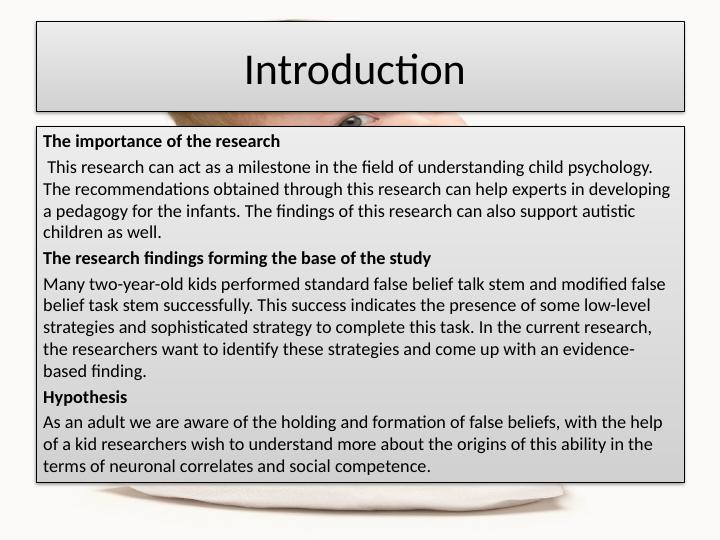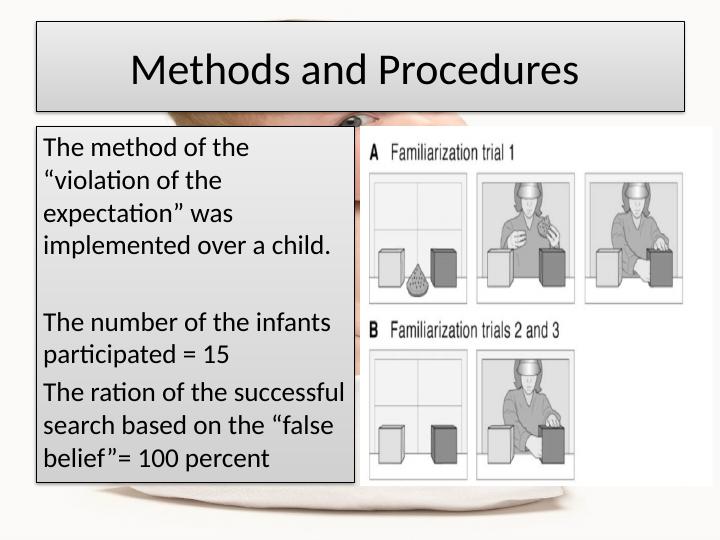Research Report Presentation
Create a PowerPoint presentation about the research on whether 15-month-old infants understand false beliefs, and produce five multiple choice questions to assess students' understanding of the presentation.
19 Pages1293 Words122 Views
Added on 2023-04-19
About This Document
This presentation discusses the understanding of false beliefs in 15-month-old infants and its implications in child psychology. It explores the theory of representation mind and the role of familiarization and belief induction in the formation of false beliefs. The research findings suggest that children are born with an abstract computational system that guides their interpretation of others' behavior. The presentation also discusses the methodology used in the research and presents the conclusions and discussions based on the empirical data collected. The findings of this research can have significant implications in developing pedagogy for infants and supporting autistic children.
Research Report Presentation
Create a PowerPoint presentation about the research on whether 15-month-old infants understand false beliefs, and produce five multiple choice questions to assess students' understanding of the presentation.
Added on 2023-04-19
ShareRelated Documents
End of preview
Want to access all the pages? Upload your documents or become a member.




